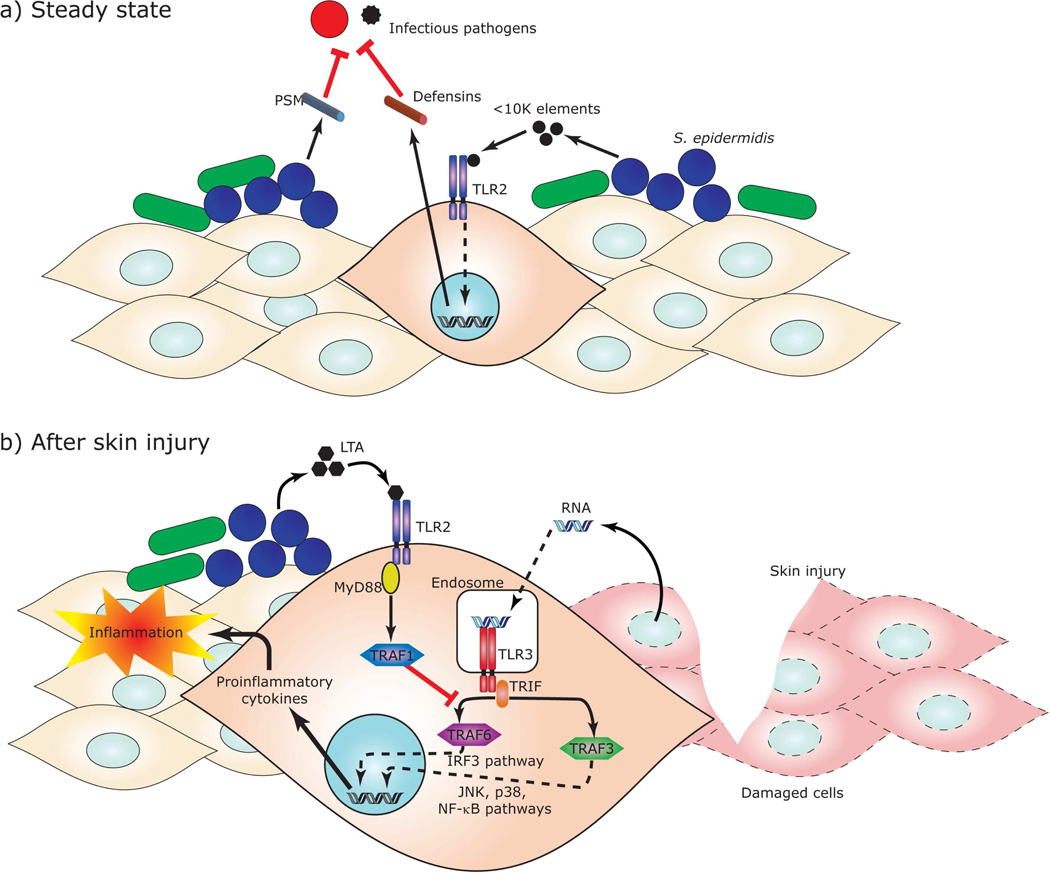Figure 1. Molecular interactions of microbial symbiosis in skin innate immune systems.
Factors produced by skin commensal bacteria modulate the skin immune system. (a) In a steady state, S. epidermidis, a major constituent of the normal microflora on healthy human skin, produce antimicrobial peptides, PSMδ and PSMγ, which act as a barrier against colonization of potentially pathogenic microbes. In addition, S. epidermidis secretes a small molecule which increases expression of defensins in murine skin or human keratinocytes through TLR2 signaling. (b) After skin injury, host RNA from damaged cells activates TLR3 in keratinocytes. If uncontrolled inflammation occurs this can result in delayed wound healing. Staphylococcal LTA inhibits excess inflammatory cytokine release from keratinocytes and inflammation through a TLR2-dependent mechanism. IFR, IFN-regulatory factor; JNK, C-Jun kinase; MyD88, Myeloid differentiation primary response gene 88; NF-kB, nuclear factor kappa-B; TRAF, TNF receptor-associated factor; TRIF, TIR-domain-containing adapter-inducing interferon-β.

